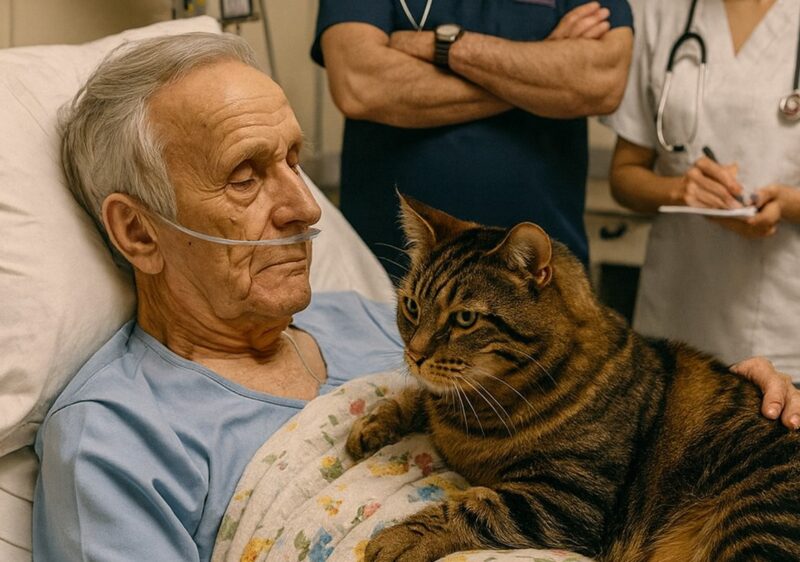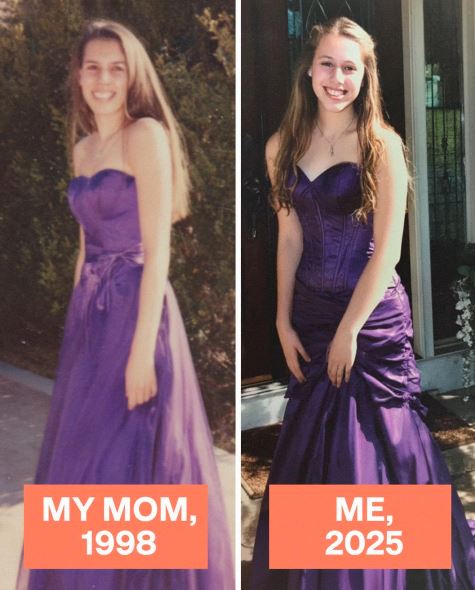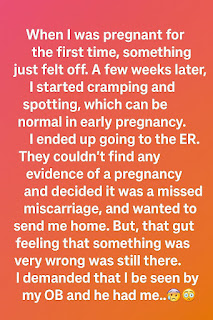The relationship between a patient and his cat became the talk of the intensive care unit. The elderly man, suffering from complex gastrointestinal problems, had no family visitors, but his cat was a constant, comforting presence. The staff watched as the animal would intuitively curl up on the man’s abdomen, seeming to offer a quiet solace that even medication couldn’t provide. This unique arrangement was a heartwarming example of animal-assisted therapy, until the day it became something far more critical—a medical intervention that would save the man’s life.
On the morning of his high-risk surgery, the man asked to hold his cat one last time. As the cat nestled against him, her demeanor transformed in an instant. She hissed, her back arched, and she swatted at his hands. While this appeared to be a stress reaction, an observant nurse saw a detail others had missed: the man’s hand was turning blue. The cat’s aggressive display was not one of fear, but a primal alert to a physiological crisis. She had detected a developing blood clot, a deadly pre-operative complication.
This feline warning triggered an urgent medical response. The scheduled surgery was halted while doctors worked to dissolve the dangerous clot. Had the procedure gone ahead as planned, the clot could have dislodged under anesthesia, likely proving fatal. The cat’s inexplicable ability to sense this hidden threat—before any monitor sounded an alarm—prevented a catastrophic outcome. Her instinct served as a diagnostic tool, highlighting a vital, often-overlooked aspect of patient care: the value of observational nuance.
The incident left a lasting impression on the hospital staff. It underscored that while technology is indispensable, it is not infallible. The cat’s role evolved from that of a comforting pet to a respected, non-verbal member of the care team. Her story is a compelling case for the integration of animal intuition in therapeutic environments, suggesting that the most advanced monitoring system can sometimes be complemented by the ancient, sharp senses of a devoted companion.


